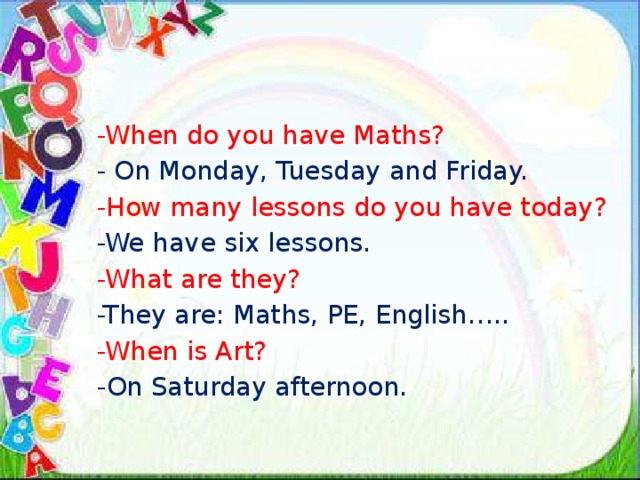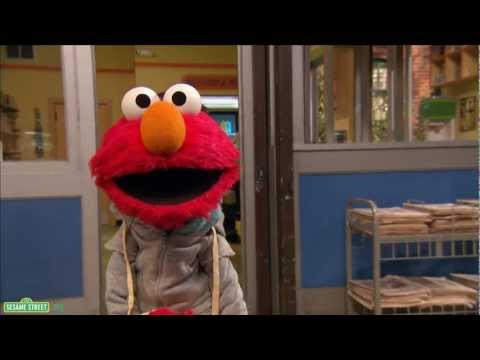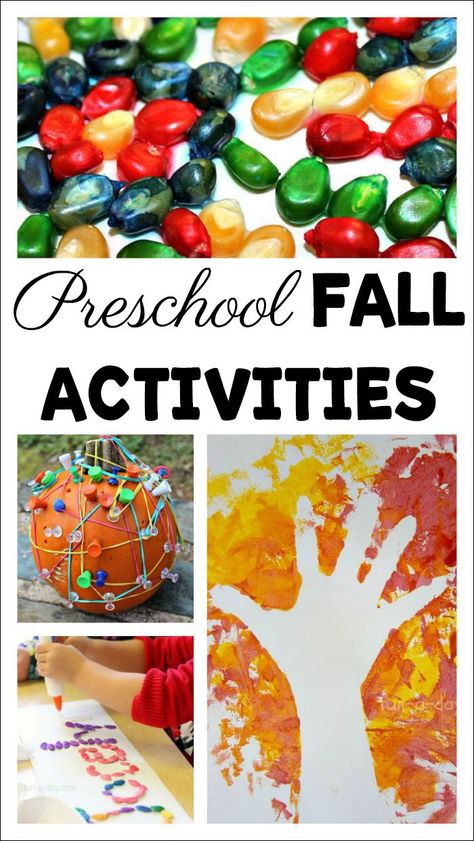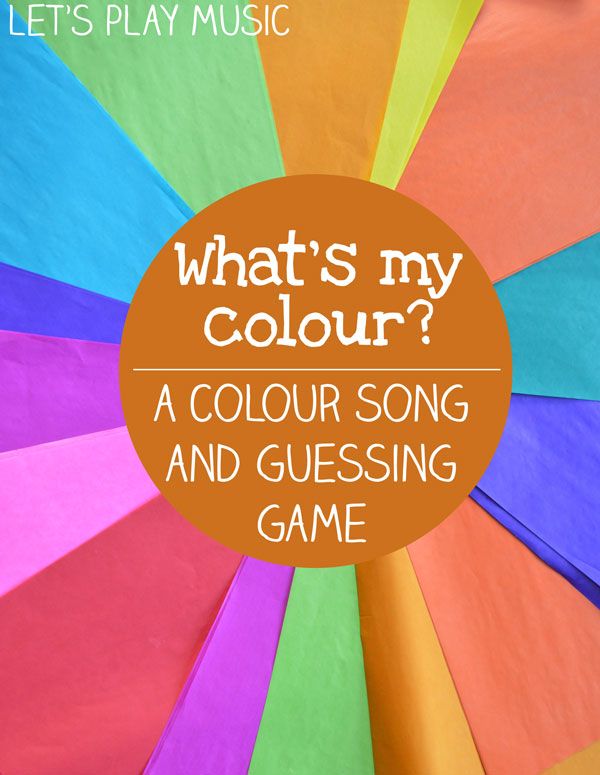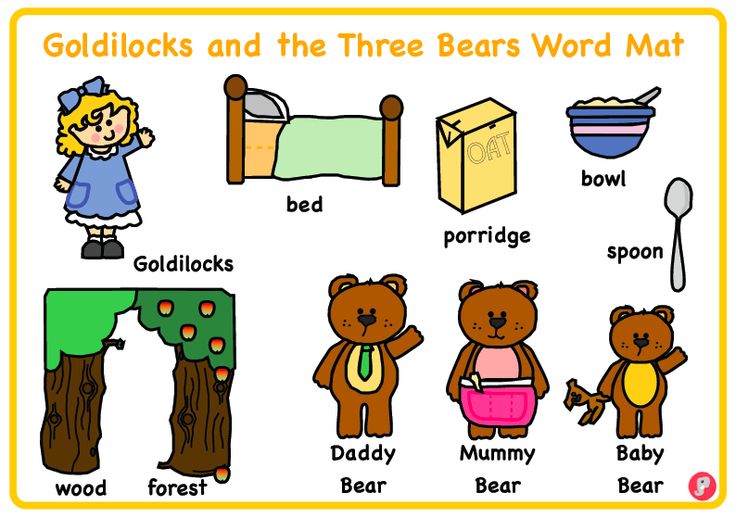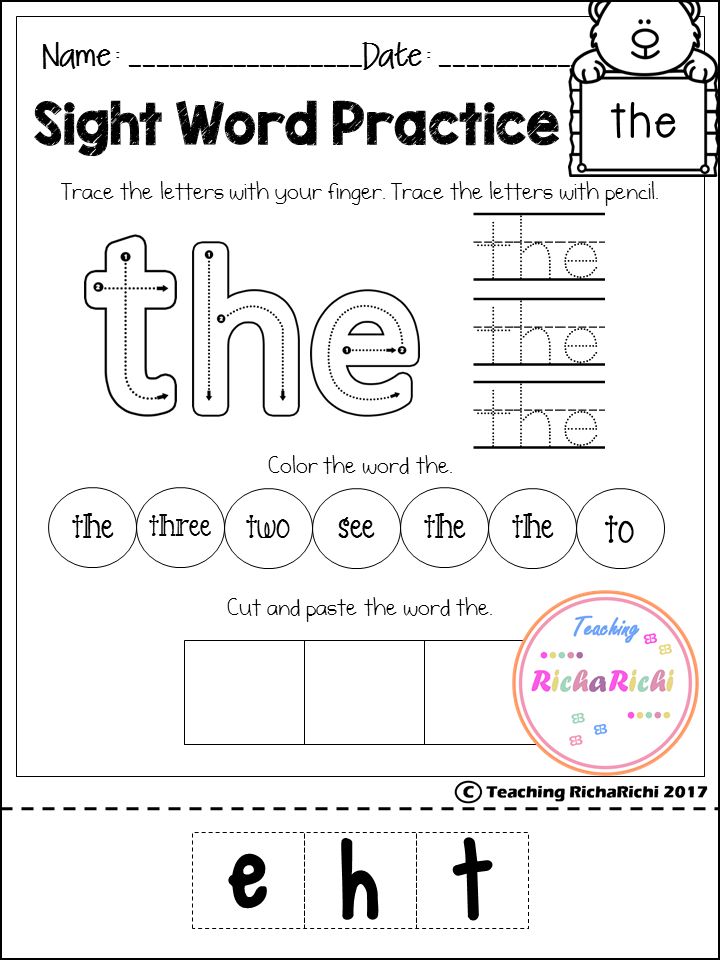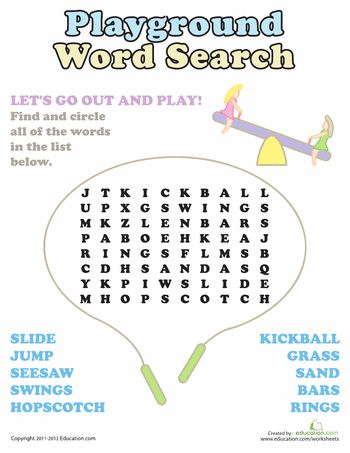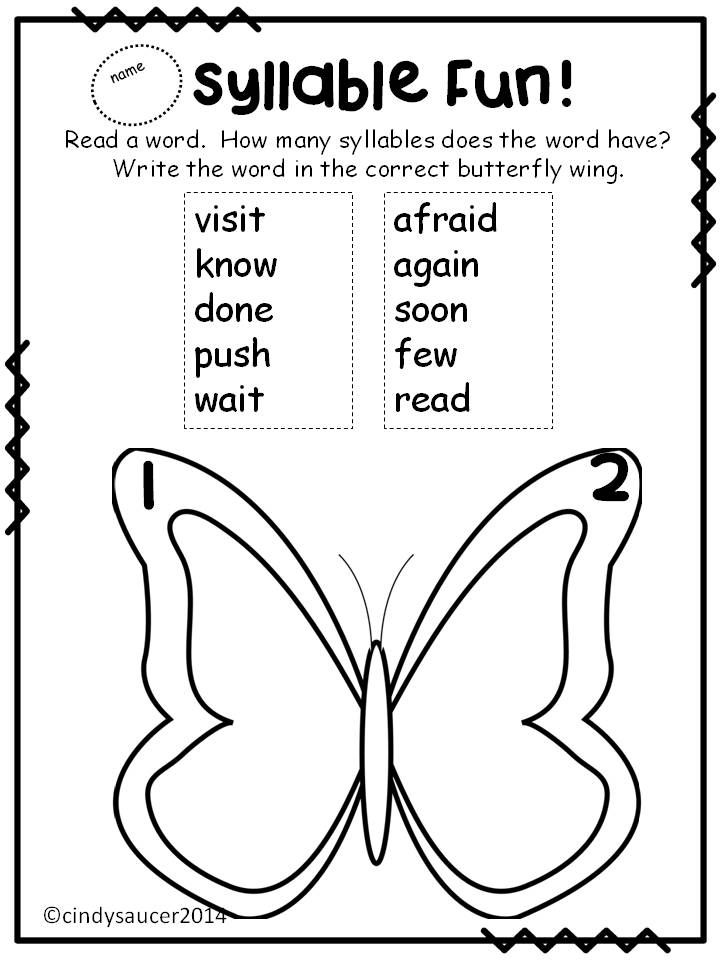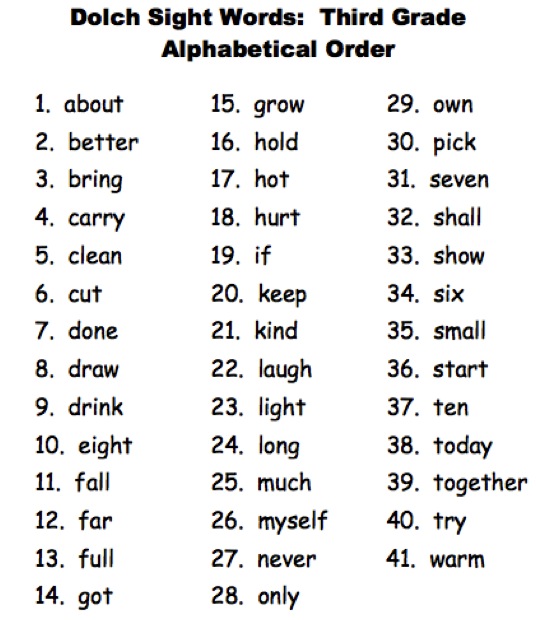When do kids learn math
When Should My Child Start Learning Math?
When Should My Child Start Learning Math?
Feb 5, 2018
Ever wondered when is the best age to start teaching Math to your little ones?
Math is more than just addition, subtraction, division, and multiplication. Most math skills are so intuitive to adults that you might not even think of them as belonging to the same category as algebra or trigonometry. Kids start learning math much earlier than you might think. You can start teaching your child the fundamentals of math almost from the day he or she is born.
Babies
Even the youngest child understands some of the core concepts of math. Infants thrive on routine. They seek patterns in their everyday lives. Regular routines of sleeping, waking, and feeding set the foundation for a lifetime of math essentials. As your child gets older, recognize that math occurs naturally in many types of play. Stacking rings by size is a form of sequencing. Dividing objects by shape or colour is sorting.
Placing one box inside another builds awareness of size and space.
Toddlers
Toddlers have a wonderful time learning early math skills. You can begin exploring concepts such as big, small, one, and many. Place toys over, under, or next to each other. Pour water or sand from one container to another as you tackle the concept of volume. Size, shape, and colour all come into play with most toddler toys, from blocks to the play kitchen.
Start counting with your toddlers to get them familiar with core number concepts. Sing counting songs. Count your steps, hops, or leaps on the playground. Count fingers and toes. Count the stuffed animals on the bed or the blocks in the box. Repetitive and consistent, these numbers will soon become recognizable.
Preschoolers
Between the ages of 3 and 5, children will become much more familiar with the numbers in their environment. They'll start to recognize numbers written on paper, and by age 5 they'll be writing many of these numbers on their own.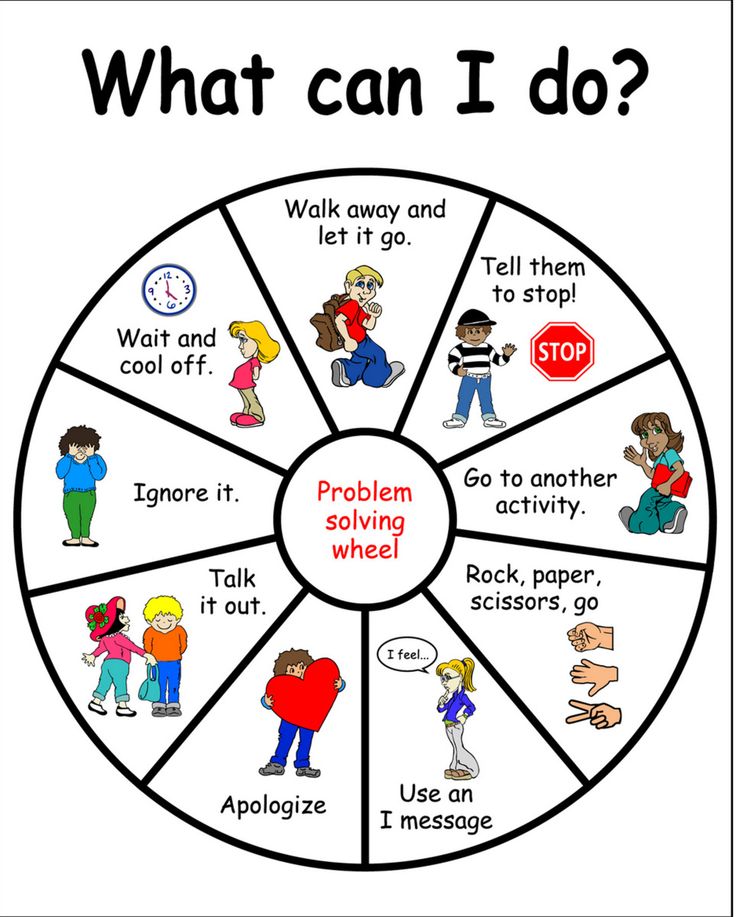 Don't be alarmed when numbers show up backwards. This is perfectly normal for children at this stage.
Don't be alarmed when numbers show up backwards. This is perfectly normal for children at this stage.
You'll find a wealth of counting books at the library or your local bookstore. Read these voraciously. Not only will they help your child recognize written numbers but they'll also help with sequence and make counting a fun-filled adventure. Remember that math is still all about play. Make patterns in your craft projects, identify items that are the same or different, and explore intriguing comparisons between sizes and quantities in the world around you.
Early Elementary Math
Elementary school is when math slowly transitions from the world of songs, rhymes, and toys to one with pencils, and papers. Between the ages of 5 and 7, your child will start working on simple addition and subtraction problems and basic fractions. Money and time will suddenly have concrete meanings. Counting by ones transitions into skip counting by twos, tens and fives.
This is when many children start to struggle with math because it can become more of a chore than a game.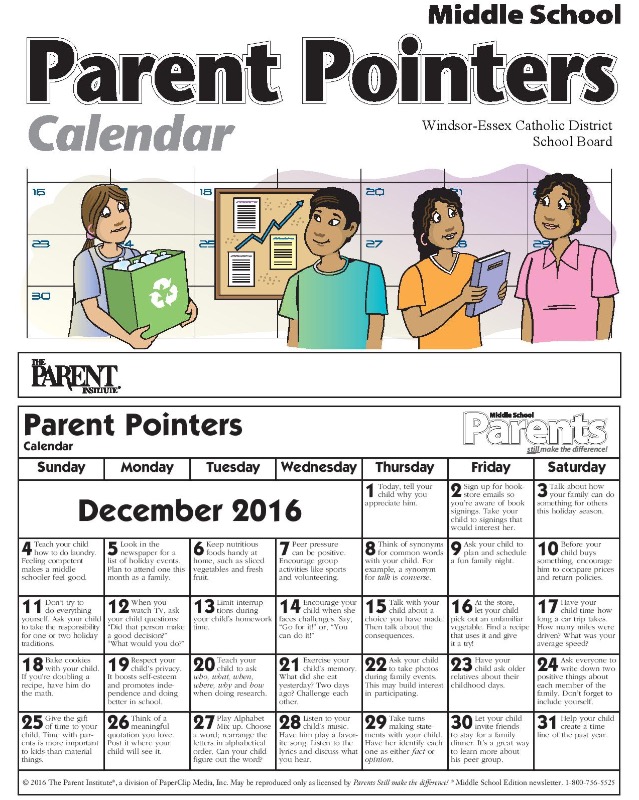 Pursue playful math anywhere you can. Incorporate family game night, and pull out board games with money or dice, which incorporate math naturally. Play card games such as War. Something like baking cookies can offer a fun way to practice math as you measure ingredients or halve a recipe.
Pursue playful math anywhere you can. Incorporate family game night, and pull out board games with money or dice, which incorporate math naturally. Play card games such as War. Something like baking cookies can offer a fun way to practice math as you measure ingredients or halve a recipe.
For a closer look at other math activities, you can do with your children, see the brochure, “Math Tips for Parents Grades K-5”, available in our Centre.
We are located in Mississauga, at the south side of Meadowvale Town Centre, close to Burrito Boyz and Karachi Kitchen. Feel free to drop in to find out how different classes are conducted in Mathnasium, or call us now at (289) 633-3823!
Math Skills and Milestones by Age
Kids start learning math the moment they start exploring the world. Each skill — from identifying shapes to counting to finding patterns — builds on what they already know.
There are certain math milestones most kids hit at roughly the same age.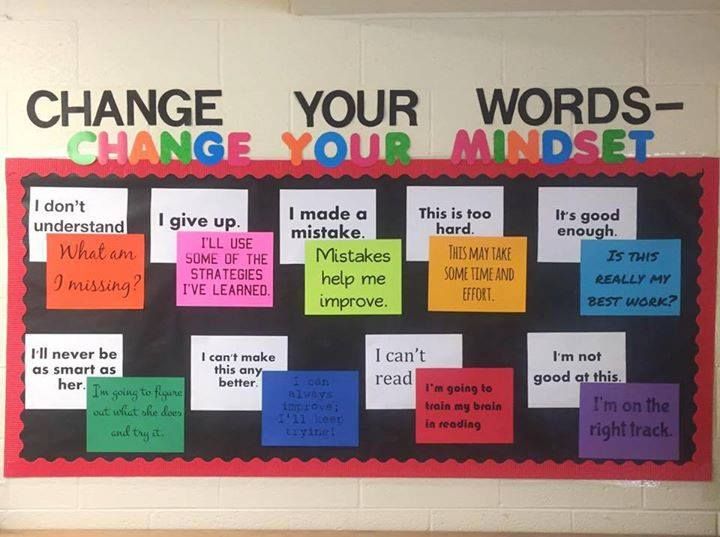 But keep in mind that kids develop math skills at different rates. If kids don’t yet have all the skills listed for their age group, that’s OK.
But keep in mind that kids develop math skills at different rates. If kids don’t yet have all the skills listed for their age group, that’s OK.
Here’s how math skills typically develop as kids get older.
Babies (ages 0–12 months)
- Begin to predict the sequence of events (like running water means bath time)
- Start to understand basic cause and effect (shaking a rattle makes noise)
- Begin to classify things in simple ways (some toys make noise and others don’t)
- Start to understand relative size (baby is small, parents are big)
- Begin to understand words that describe quantities (more, bigger, enough)
Toddlers (ages 1–2 years)
- Understand that numbers mean “how many” (using fingers to show how many years old they are)
- Begin reciting numbers, but may skip some of them
- Understand words that compare or measure things (under, behind, faster)
- Match basic shapes (triangle to triangle, circle to circle)
- Explore measurement by filling and emptying containers
- Start seeing patterns in daily routines and in things like floor tiles
Preschoolers (ages 3–4 years)
- Recognize shapes in the real world
- Start sorting things by color, shape, size, or purpose
- Compare and contrast using classifications like height, size, or gender
- Count up to at least 20 and accurately point to and count items in a group
- Understand that numerals stand for number names (5 stands for five)
- Use spatial awareness to put puzzles together
- Start predicting cause and effect (like what will happen if they drop a toy in a tub full of water)
Kindergartners (age 5 years)
- Add by counting the fingers on one hand — 1, 2, 3, 4, 5 — and starting with 6 on the second hand
- Identify the larger of two numbers and recognize numerals up to 20
- Copy or draw symmetrical shapes
- Start using very basic maps to find a “hidden treasure”
- Begin to understand basic time concepts, like morning or days of the week
- Follow multi-step directions that use words like first and next
- Understand the meaning of words like unlikely or possible
First and second graders
- Predict what comes next in a pattern and create own patterns
- Know the difference between two- and three-dimensional shapes and name the basic ones (cubes, cones, cylinders)
- Count to 100 by ones, twos, fives, and tens
- Write and recognize the numerals 0 to 100, and the words for numbers from one to twenty
- Do basic addition and subtraction up to 20
- Read and create a simple bar graph
- Recognize and know the value of coins
Third graders
- Move from using hands-on methods to using paper and pencil to work out math problems
- Work with money
- Do addition and subtraction with regrouping (also known as borrowing)
- Understand place value well enough to solve problems with decimal points
- Know how to do multiplication and division, with help from fact families (collections of related math facts, like 3 × 4 = 12 and 4 × 3 = 12)
- Create a number sentence or equation from a word problem
Fourth and fifth graders
- Start applying math concepts to the real world (like cutting a recipe in half)
- Practice using more than one way to solve problems
- Write and compare fractions and decimals and put them in order on a number line
- Compare numbers using > (greater than) and < (less than)
- Start two- and three-digit multiplication (like 312 × 23)
- Complete long division, with or without remainders
- Estimate and round
Middle-schoolers
- Begin basic algebra with one unknown number (like 2 + x = 10)
- Use coordinates to locate points on a grid, also known as graphing ordered pairs
- Work with fractions, percentages, and proportions
- Work with lines, angles, types of triangles, and other basic geometric shapes
- Use formulas to solve complicated problems and to find the area, perimeter, and volume of shapes
High-schoolers
- Understand that numbers can be represented in many ways (fractions, decimals, bases, and variables)
- Use numbers in real-life situations (like calculating a sale price or comparing student loans)
- Begin to see how math ideas build on one another
- Begin to understand that some math problems don’t have real-world solutions
- Use mathematical language to convey thoughts and solutions
- Use graphs, maps, or other representations to learn and convey information
Remember that kids develop at different paces. Some may gain some math skills later than other kids or have some that are advanced for their age.
Some may gain some math skills later than other kids or have some that are advanced for their age.
If you're concerned about progress in math, find out why some kids have trouble with math, and next steps to take.
Related topics
Education
- photo
- GERALT/PIXABAY
teacher, methodologist, lecturer of the Moscow Institute of Open Education, author of the program for preschoolers “Mathematical Steps”
All time
Many For parents, the information that it is necessary to do mathematics with a child starting from the age of three may surprise. Is not it too early? However, experts say no. After all, mathematics is not just the ability to count, but a way to develop a full-fledged flexible thinking.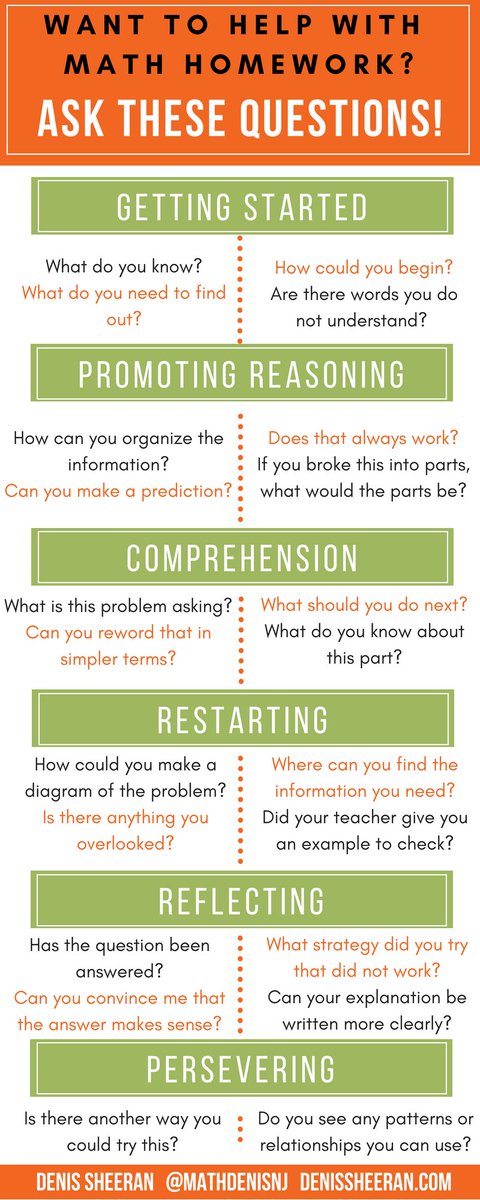 You just need to start the learning process in a form that is accessible to the child - a game. nine0003
You just need to start the learning process in a form that is accessible to the child - a game. nine0003
No matter how much we want to quickly put all the knowledge into the head of a child, this is wrong. Because science speaks of age periodization, that each age has its own abilities. Until these abilities have matured, one cannot proceed to the next stage. For the same reason, you do not need to stuff your baby with numbers and rules at a very young age: up to three years, cognitive interest is focused on completely different subjects.
If a child simply refuses to complete tasks, gets bored and has difficulty answering questions that are objectively difficult for him, he will simply fall out of love with mathematics. There is a golden rule of didactics by Jan Amos Comenius, which he described back in the 17th century: move from simple to complex. nine0003
How to do math with a three-year-old
There are a lot of tricks, this question needs to be studied seriously.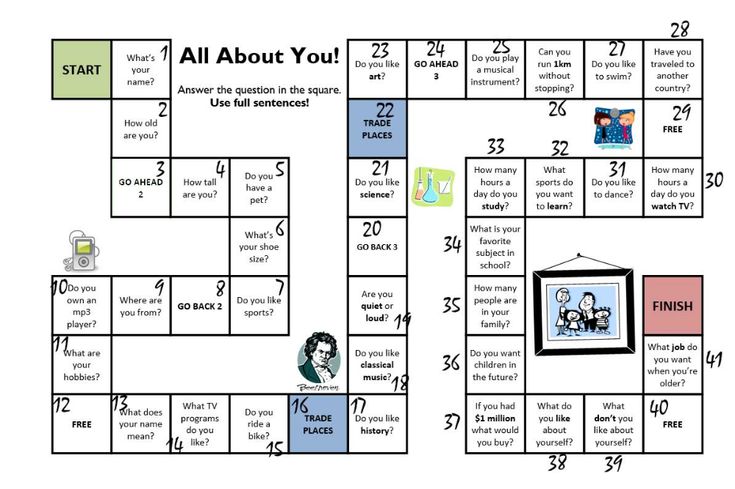 But for starters, the idea that mathematics is part of the world around us is important. See what in the room refers to mathematics? Windows are rectangular. The table has four legs, and both the cat and the mouse have four legs. Explore the world around you, and don't forget about yourself. Isn't the child a subject of measurement? Mom is big and baby is small. You do not in vain note the growth of a child on a door jamb? nine0003
But for starters, the idea that mathematics is part of the world around us is important. See what in the room refers to mathematics? Windows are rectangular. The table has four legs, and both the cat and the mouse have four legs. Explore the world around you, and don't forget about yourself. Isn't the child a subject of measurement? Mom is big and baby is small. You do not in vain note the growth of a child on a door jamb? nine0003
And they went out into the street - there was a mathematician all around. The tree has one trunk, but there are many leaves and branches on the tree. Pay attention to the shape of the leaves, they are different, they can be large, but there are also small ones. So the child gets acquainted with the name of the tree, and with the concepts of “one and many”, “many and few”. This is the first step in the development of abilities.
- Photo
- Alicja/Pixabay
Talk to children – without speech there is no thinking
At the age of three, the development of abilities goes hand in hand with the development of speech.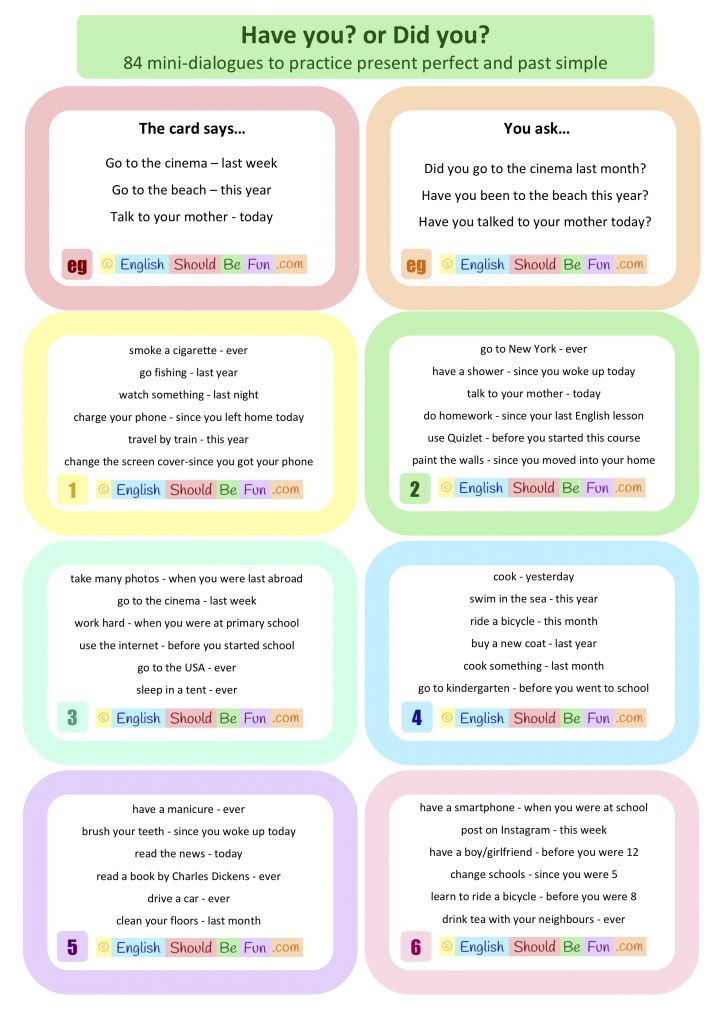 Speech and thinking are two mechanisms of one process. If a child does not know how to say anything, how do you know how his thinking develops? If the child does not speak to you, how will you know what vocabulary he has? nine0003
Speech and thinking are two mechanisms of one process. If a child does not know how to say anything, how do you know how his thinking develops? If the child does not speak to you, how will you know what vocabulary he has? nine0003
The trouble with modern parents is that they talk very little with their children : they give gadgets, leave them by the TV with cartoons. However, it has been scientifically proven how speech develops - it develops according to the "heard - repeated" type. Only in this way is the child's vocabulary enriched.
The catastrophic decrease in the vocabulary of today's children is a real problem that I don't know what to do with. Teachers are sounding the alarm, kindergarten teachers are also horrified. Because they rely on teaching aids for a certain age, but educators cannot work with children on them, since they must start by enriching the child's vocabulary. It turns out like this: children perform tasks from manuals (draw a ball, draw a circle, draw a square), but are not able to name these figures.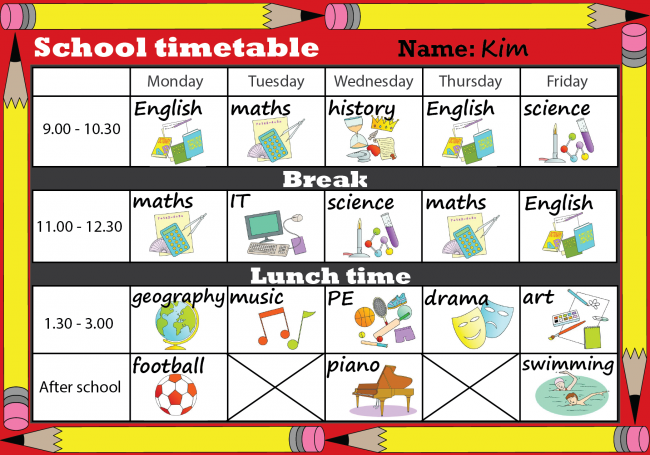 nine0003
nine0003
- Photo
- Annie Spratt/Unsplash
What a 3-5 year old child should be able to do
First, a child should be able to talk, at least within the limits of the close surrounding world. As for mathematical development, a three-year-old child should be able to count up to 5, be able to compare numbers by the number of elements included in them, and be able to equalize these elements. For example, solve simple problems with sweets: the bunny was given three sweets, the bear was given two sweets, what needs to be done so that the Bear and the Bunny have equal candies? nine0003
The age of 4-5 years, even from the point of view of psychology, is considered very important in terms of the amount of assimilation of information. You can give more complex tasks: children calmly cope with counting up to 10, choosing the right one from several answers.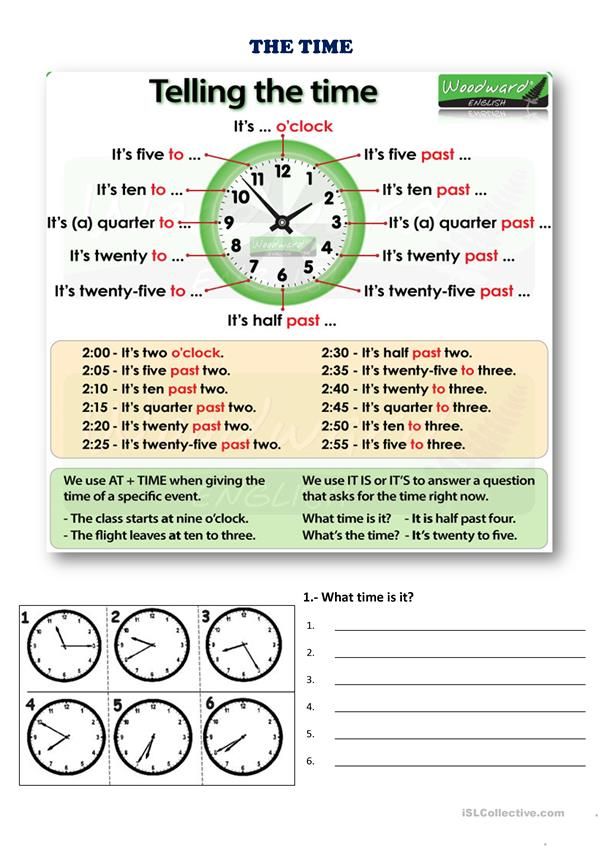
A child does not write numbers at the age of five - the hand is not yet ready. But in our books we give all the numbers in dots and ask them to circle the dots. The figure is beautiful, the child circles it and rejoices that he did a good job.
Socrates also spoke. "I hear and I forget, I see and I remember, I do and I understand." It is no coincidence that teaching in kindergarten, and even at school, is based on the following methods:
-
verbal - count, name, say;
-
visual - how much, why, who is it and what is it;
-
practical - the child counts with his finger, draws, circles, fills in and connects in a notebook.
If the training goes right, that is, from simple to complex, then children always study with pleasure. At the advanced training courses for preschool teachers where I teach, teachers say that with the advent of modern aids, they began to enjoy teaching mathematics classes, as the children themselves begin to like the subject.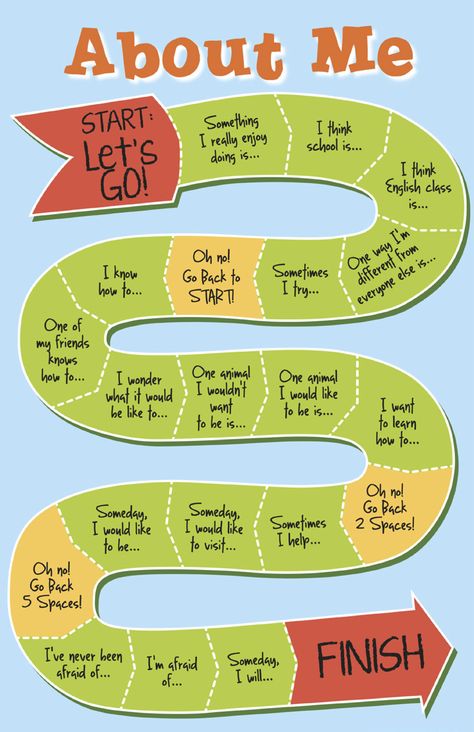 They do not want to leave classes, and when they come to the kindergarten, they ask the teacher: when will we have mathematics? nine0003
They do not want to leave classes, and when they come to the kindergarten, they ask the teacher: when will we have mathematics? nine0003
Even more interesting and useful things are on the air of Children's Radio. On weekdays at 22:00 we listen to the program "Every parent wants to know."
Lyubov Prishshaya
What do children learn when they learn mathematics. How to motivate a child to learn mathematics
Mathematics education is held in high esteem today. But often, parents only begin to pay attention to math success or underachievement in middle and high school. And what happens if you motivate a child to study mathematics literally from the first grade? And how to do it? nine0084
Mathematics is a complex subject, which, as practice shows, people need more than others in everyday life. Mathematical literacy helps not only to make profitable purchases, but also to understand a variety of phenomena - from physical to social. All of them are subject to mathematical laws and statistical calculations.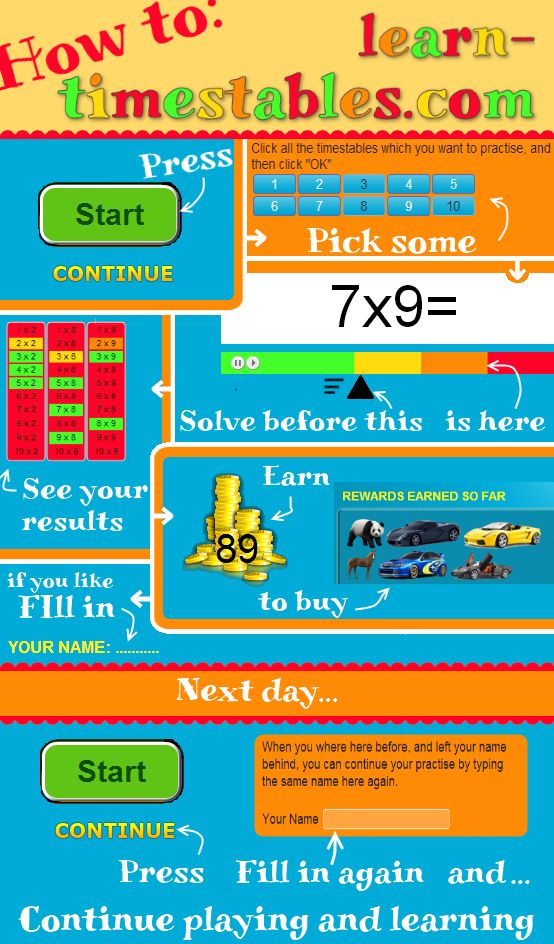
But mathematics plays a significant role not only in the adult life of a person, but also in the development of a child from an early age. How exactly? The teachers are talking. nine0003
Mathematics develops thinking
Applying logical techniques, coherently and consistently reasoning and solving problems, comparing and choosing the best options - all this is taught by mathematics. In addition, a mathematically literate person is able to calculate the strategy and see patterns where they do not lie on the surface. After all, solving any problems in mathematics is a lot of work, a "simulator" for the brain. Tasks become more difficult, weights become heavier, and thinking becomes stronger. Everything is like in sports. nine0003
It is important to remember that mathematics is a science that develops abstract thinking, helps to understand structures, orders, relationships. A mathematically thinking person perceives the world around him more critically, seeks to find patterns in a variety of phenomena.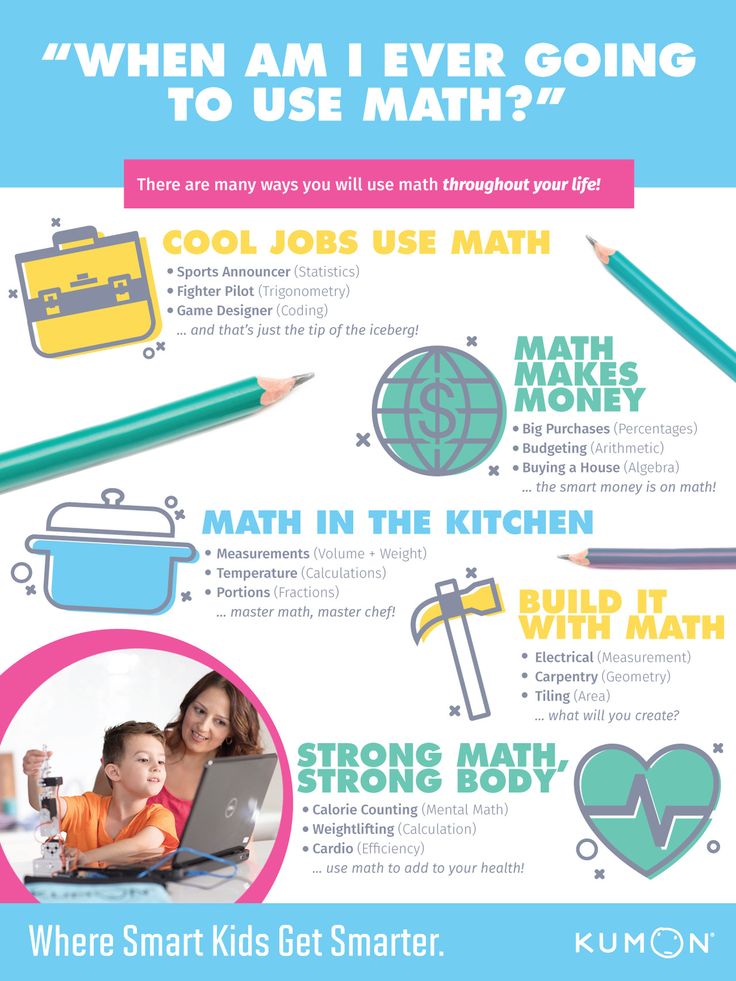
Mathematics helps memorize better
Human memory also needs training. And mathematics helps in this as well as possible. After all, in order to solve the problem, you need to keep in your head many conditions at once, do not forget about the details. Counting in a column in elementary school, we remember "two in the mind", and then the tasks before us become more and more difficult.
An interesting fact: mathematics also helps in acquiring skills that are traditionally associated with the humanities. For example, a 2007 Russel Sage Foundation study found that preschoolers' interest in math had a positive impact on their reading skills in third and fifth grades.
Mathematics develops willpower
A person who has achieved success in mathematics knows that any problem can be solved - even if through efforts. It is not customary for mathematicians to give in to difficult problems: they, rather, will look for a method of calculation or a formula that will lead to the correct solution until the victory.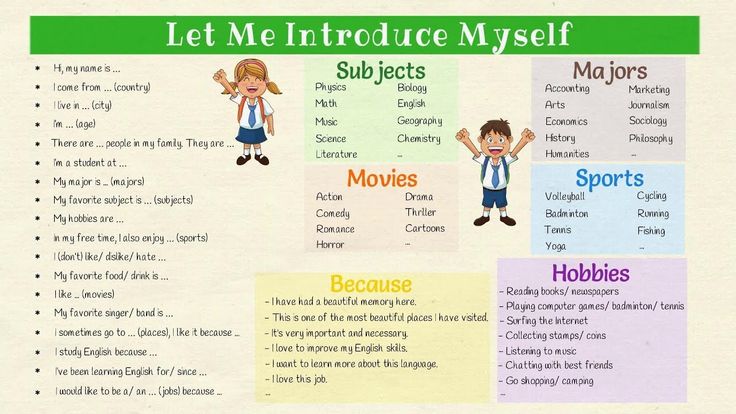
And in general, the solution of problems and examples requires perseverance, attentiveness, and patience. A student who wants to find a solution will definitely find it - sooner or later. nine0003
Another undoubted benefit of mathematics is that it helps a person get rid of the habit of postponing the most difficult things for later. Because it is mathematics that teaches to break such cases into its component parts and deal with them gradually.
Mathematics is needed in everyday life
This is perhaps the most obvious thing that can be said about mathematics. This science teaches a person from childhood to be pragmatic, to make profitable purchases and investments. Figuring out how to save up for a coveted toy, helping parents buy the right amount of cat food for a month, developing a code to communicate with friends - all this can be learned within the framework of mathematics. And the children are really interested in this: which of us did not want to grow up faster? nine0003
In addition, every mathematical topic is an opportunity to talk about real life.